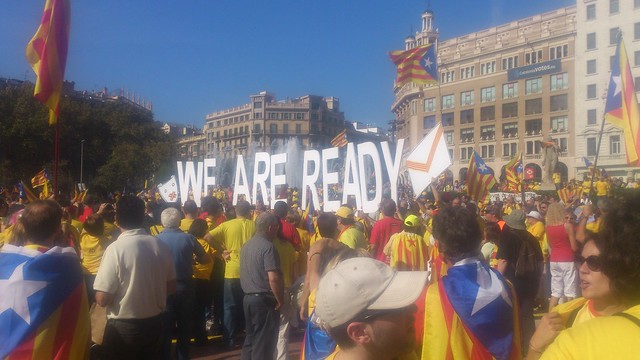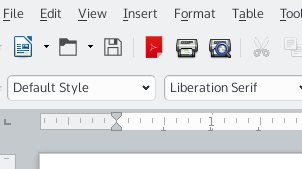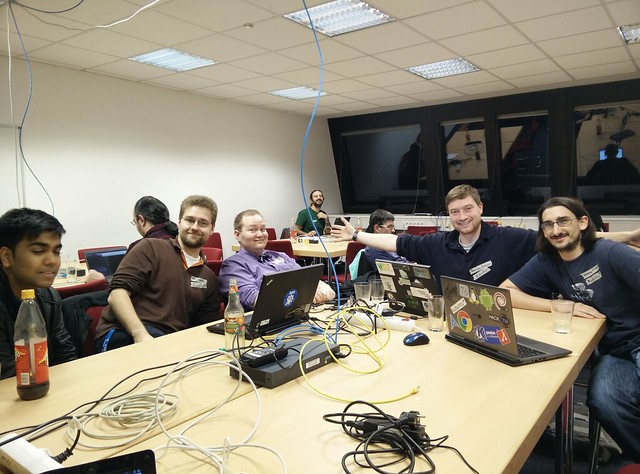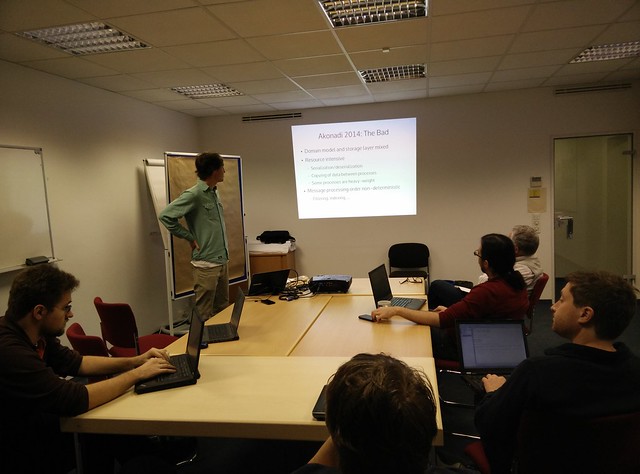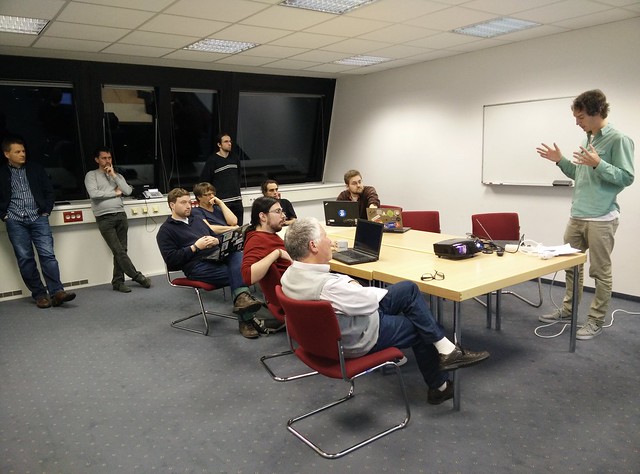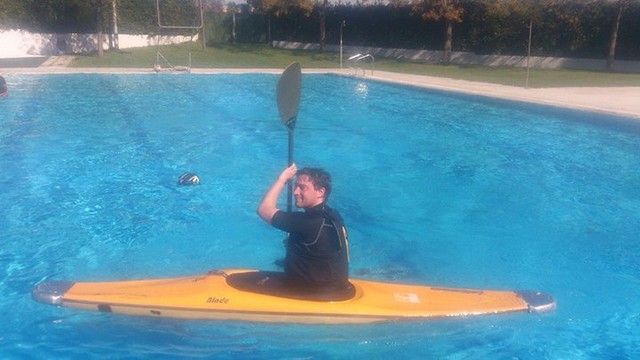Today I voted in the Catalunya independence voluntary non-binding consultation and I voted Si Si.
I had been unsure what to vote and have spoken to many people to try to work out what is best. As I said in my previous post on the topic I was unsure on the question because unlike the Scotland referendum it seemed to be all about national identity and money rather than political differences. There are very strong passions here on the topic, just read the 20+ comments on my post above and compare it to my post on Scotland which got zero comments. Unfortunately most of the comments are again about national identity, quibbing about whether Catalunya was ever independent from Spain or not, which is really just ancient history.
Several people objected, quite rightly, to the comment about Andaluthians working only in the summer and claiming benefits the rest of the year, but this wasn’t my comment it was what several Catalan people had told me when I asked why I should vote Si. This is the sort of nationalism that is a bit scary and objectionable. When I asked at the rally before the vote the lady told me the reasons for voting yes were because she could not speak Catalan in school in the 70s and they gave away all the money to the rest of Spain. There will be some truth in that but that can also an unhealthy sort of nationalism. And it’s hardly a reason for me to vote yes since I don’t speak Catalan and I don’t pay taxes here.
So why vote yes? I finally found someone who gave me some political reasons. The Catalan government wanted to impose a transaction tax on banks to help pay for the crisis they caused, but this was rejected by Madrid. They wanted to ban electricity companies from cutting off customers who could not pay, also rejected by Madrid. Catalunya wanted to prevent banks repossessing your home because you could not pay for your mortgage but that was rejected. There is a plan for a Mediterranean Railway Corridor which would connect Medierranian ports with the rest of Europe by rail but the Spanish government insists it needs to go to Madrid rather than Barcelona. Similarly the half public half private company which owns both Barcelona and Madrid airports keeps stopping new Barcelona routes and making them go to Madrid. And then there are detention centres for immigrants which the Catalan government wanted to shut down but could not.
And the politics of Spain doesn’t get any more friendly. There are reports of Catalan friendly judges being followed by the central police and the Catalan president is being prosecuted for running the referendum.
And there’s my personal experience of government here, I’ve been welcomed by the Generalitat when I registered to live here but both me and my girlfriend have been completely unable to get an ID number from the bureaucratic Spanish government needed to work and pay taxes. So I don’t pay taxes to Spain. No wonder they’re in crisis.
None of this matters much, most people didn’t even know the vote was ongoing (finishes tonight, 25th November). And I nearly voted no at the last minute when a TV crew interviewed me to ask why I was voting when I wasn’t Catalunyan. So I voted yes in the hope of becoming a Catalan in a new state. Good luck.

